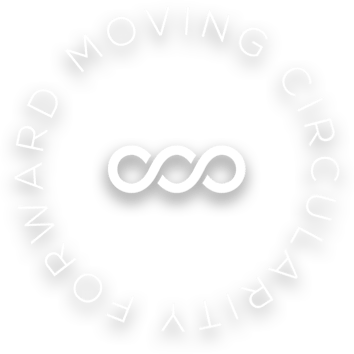
Current methods
There are various methods to determine dry matter content. However, the current methods of dry matter and nutrient analysis are both time consuming and expensive. As a result, nutrient analyses are only performed a few times each year.
NIR method
NIR stands for Near-Infrared Spectroscopy and can be used to determine the dry matter content and nutritional value of a sample within 1 minute, based on a vast database of reference values. We currently have calibration curves for the following product groups:
- Potato steam peels
- Brewer's yeast
- Wheat yeast concentrate
- Wheat starch
Calibration curves
In cooperation with Masterlab (Nutreco), we developed calibration curves for our most common products. By gaining insight into the nutritional values of wet co-products, we will be able to more rapidly and accurately use these for the composition of liquid feed rations. This way, we can provide our clients and field specialists with up-to-date matrices at all times.
More knowledge = more data = greater insight = increased reliability
Want to know how the NIR works?
What does the NIR mean for me?
- Increased matrix accuracy
- Being able to respond faster
- More data + greater insight
- More transparency between supplier and buyer
- Increased predictability
- Increased co-product usability
- Risk reduction
Curious about the technical aspects of the NIR?

Calculating a correct ration starts with a dry matter and nutrient analysis. The NIR method allows us to calculate the result within 1 minute, and does not require any prior processing of the samples. Not only can the values be determined faster, but we can simply take more samples, too.
Technical aspect
The nutritional value analysis is based on a vast database of reference values (accredited calibration development). The accuracy of the NIR is comparable to the reference analysis (OSO 17025 certified laboratory).
But how does the NIR work exactly? The NIR contains a light source that emits energy towards the sample. Part of the energy is absorbed by the sample, and the other part is reflected and absorbed by a detector. After this process, the values are put in a spectrum consisting of a level of absorption compared to a certain wavelength.
Do you have any questions about the way NIR works? Please contact Jasmijn

The standard: NIR Spectrometer
Looop uses the NIR Spectrometer as a standard method of determining dry matter content. In addition to determining the dry matter percentage, this technique has a significant additional advantage: the NIR also calculates nutritional values. This technique is suitable for the following product groups: wheat starch, wheat yeast concentrate, brewer's yeast and potato steam peels.
Contact Jasmijn!
Do you have any questions about the NIR? Contact me:
Jasmijn van Wakeren
Quality, Nutrition & Sustainability Manager

Frequently asked questions
- What is NIR technology?
NIR stands for Near-Infrared Spectroscopy and can be used to determine the dry matter content and nutritional value of a sample within 1 minute.
- What co-products is the NIR technology used for?
The NIR is used for dry matter and nutrient analysis for the following product groups: Potato steam peels, Brewer's yeast, Wheat yeast concentrate, Wheat starch.
- What are the benefits of NIR technology?
- Increased matrix accuracy
- Being able to respond faster
- Increased predictability
- Increased co-product usability
- Risk reduction.
- How accurate is the NIR technology?
The accuracy of the NIR is comparable to the reference analysis (OSO 17025 certified laboratory).

